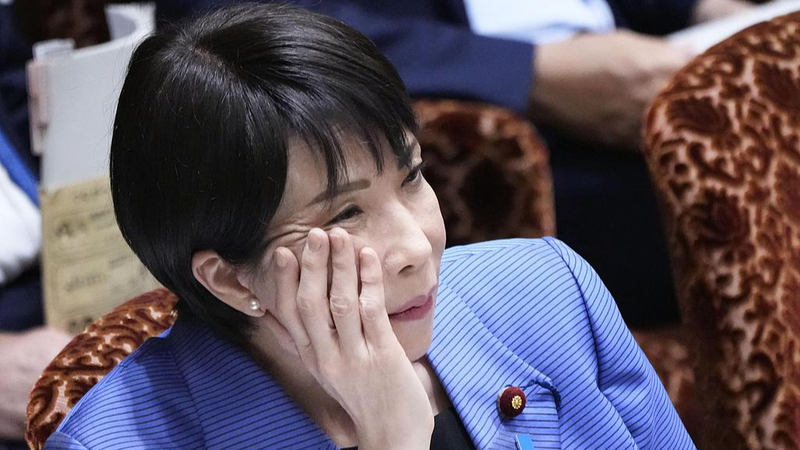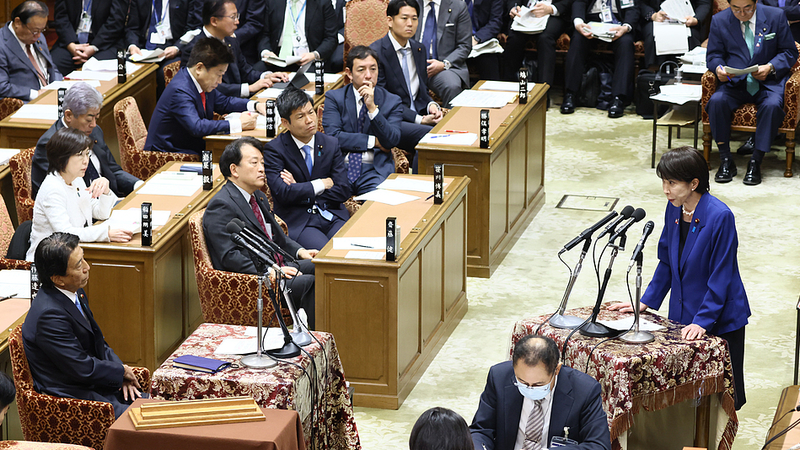As NATO leaders gather in Brussels this week, a push to raise defense and security spending to 5 percent of GDP has exposed deep divisions within the alliance.
The summit agenda calls for boosting military budgets from the current 2 percent to 3.5 percent of GDP, plus an extra 1.5 percent for broader security needs—meeting US President Donald Trump's demand for an overall 5 percent target.
Italy's Prime Minister Giorgia Meloni confirmed her country will honour the commitment but said it will take Rome 10 years to reach the new threshold. She also highlighted that member states can define what counts as security spending, offering some flexibility across the alliance.
By contrast, Spanish Prime Minister Pedro Sanchez capped his nation's contribution at 2.1 percent of GDP. 'Spain will need to allocate 2.1 percent of its GDP to acquire and maintain all the personnel, equipment and infrastructure requested by the Alliance to address emerging threats and challenges. No more, no less,' he told reporters.
Meanwhile, Estonia has led the charge for a faster timeline, pledging to hit the 5 percent goal by next year and urging other members to follow suit within five years.
Experts warn that the spending dispute reflects broader concerns about NATO's unity and strategic vision. Stefan Wolff, professor of international security at the University of Birmingham, argues that 'if NATO cannot agree on its main purpose, then even well-funded forces will lack shared direction.'
Wolff also cautioned that without clear priorities and coordinated defence-industrial development, a 5 percent target risks becoming 'financial inflation without strategic output.'
Adding to the debate, Li Haidong, a professor at China Foreign Affairs University, noted that such an ambitious spending increase poses 'huge challenges' for European members and could strain their economic and social development in the short term.
With member states split on timelines and definitions, NATO's ability to maintain cohesion and project collective strength may hinge on finding common ground at the summit's close.
Reference(s):
Disunity in NATO: Member states split on push for 5% defense spending
cgtn.com




